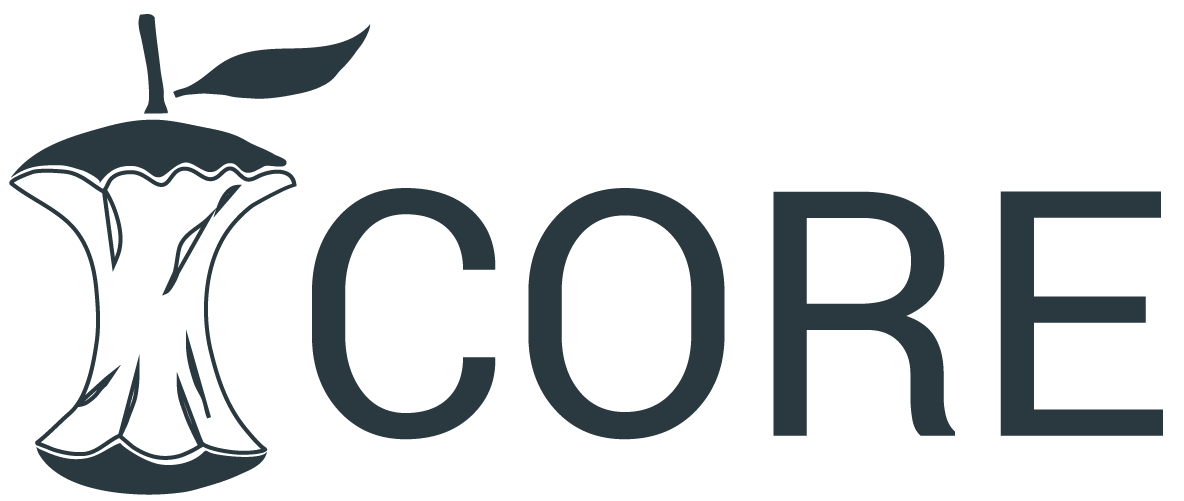A Study to Investigate the Consumer’s Assessment of Brand Extension in the Emerging Market Pakistan.
Keywords:
Emerging market, brand evaluation, brand extension, PakistanAbstract
According to IMF outlook report 2015, Pakistan is included in the list of emerging economies of the world. Multinational corporations frequently use the brand extension marketing strategy in the emerging markets of the world. But to know how do consumers assess the brand extension is hampered by the limited studies in the context of developing markets. To understand this gap, the researcher in the present research study uses already established brand extension framework, namely Aaker model, and we extended this framework by adding one more factor which is
„brand image‟. This new factor is added on the basis of previous literature. This new model is tested by using the consumers of Pakistan. The output reveals that brand image plays an important role in the consumers‟ evaluation of the brand extension in the context of emerging market. Managerial implications along with limitations and future research directions are also mentioned in the current paper.
Downloads
References
Aaker, D.A., & Keller, K.L. (1990). Consumer evaluations of brand extensions. ,Journal of Marketing, 54(1), 27-41.
Nijssen, E. J., & Hartman, D. (1994). Consumer evaluations of the brand extensions: An integration of previous research. In J. Bloemer, J. Lemmink. & H. Kasper (Eds.), Proceedings of the 23rd Annual Conference of the European Marketing Academy (pp. 673-683). Maastricht, Netherlands: European Marketing Academy.
Park, C.W., Milberg, S., & Lawson, R. (1991). Evaluation of brand extensions: The role of product-level similarity and brand concept consistency. Journal of Consumer Research, 18(2), 185-193.
Czellar, S. (2003). Consumer attitude toward brand extensions: an integrative model and research propositions. International Journal of Research in Marketing, 20(1), 97-116 Farquhaar, P. H., Herr, P. M., & Fazio, R. H. (1990). A relationship model for category extensions of brands. Advances in Consumer Research, 17(1), 856-860
Bottomley, P.A., & Doyle, J. R. (1996). The formation of attitudes towards brand extensions: Testing and generalizing Aaker and Keller‟s model. International Journal of Research in Marketing, 13(4), 365-377
Sunde & Brodie (1993). Consumer evaluations of brand extensions: Further empirical results.
International Journal of Research in Marketing, 10(1), 47-53
Ries, A. and J. Trout. (1981). Positioning: The Battle for Your Mind, McGraw-Hill, New York, Fu et al., (2009). Brand Extensions in Emerging Markets: Theory Development and Testing in China. Journal of Global Marketing, 22:217–228, 2009
http://www.dawn.com/news/1218182 http://www.imf.org/external/pubs/ft/weo/2015/update/02/
Downloads
Published
How to Cite
Issue
Section
License
You are free to:
- Share — copy and redistribute the material in any medium or format for any purpose, even commercially.
- Adapt — remix, transform, and build upon the material for any purpose, even commercially.
- The licensor cannot revoke these freedoms as long as you follow the license terms.
Under the following terms:
- Attribution — You must give appropriate credit , provide a link to the license, and indicate if changes were made . You may do so in any reasonable manner, but not in any way that suggests the licensor endorses you or your use.
- No additional restrictions — You may not apply legal terms or technological measures that legally restrict others from doing anything the license permits.
Notices:
You do not have to comply with the license for elements of the material in the public domain or where your use is permitted by an applicable exception or limitation .
No warranties are given. The license may not give you all of the permissions necessary for your intended use. For example, other rights such as publicity, privacy, or moral rights may limit how you use the material.









